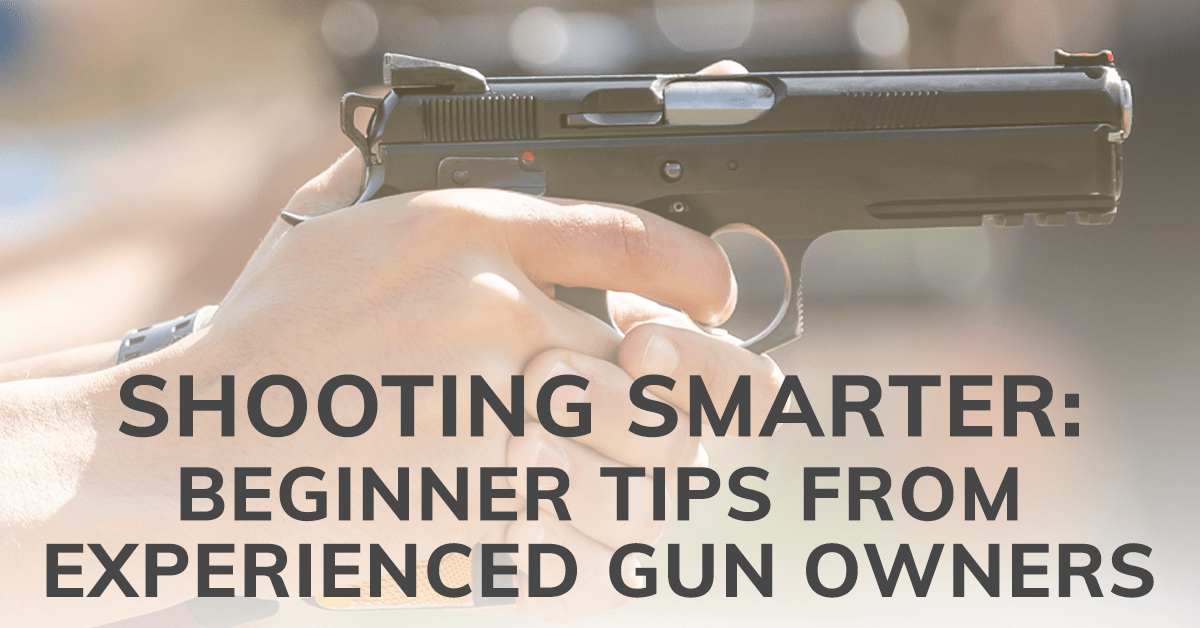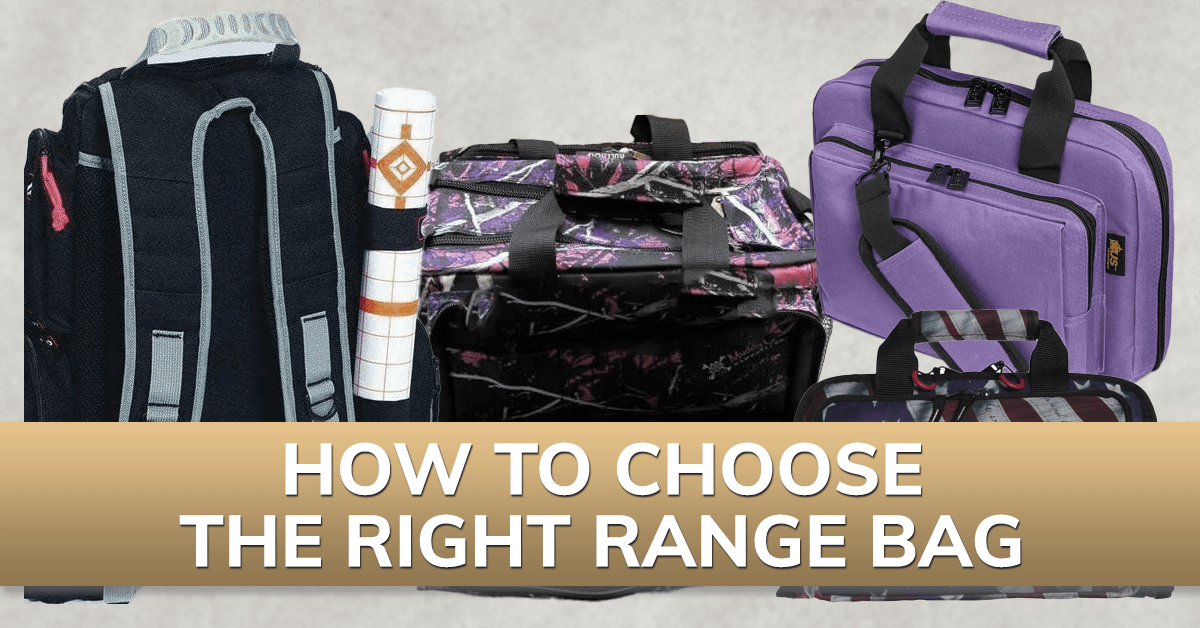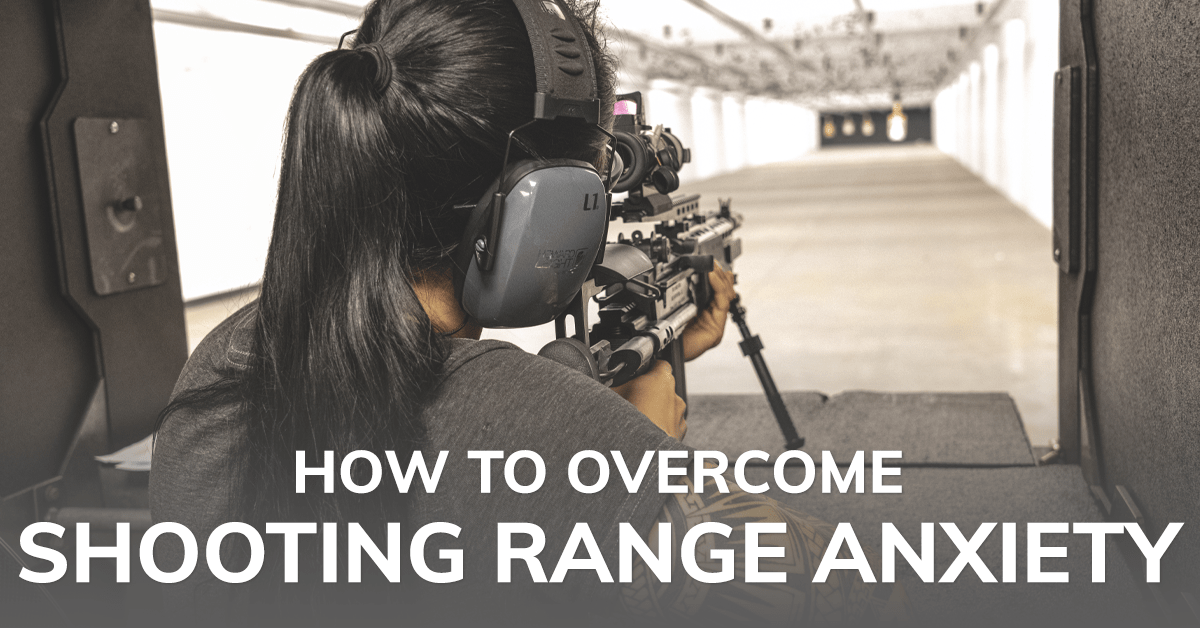Your Cart is Empty
Orders Over $100 Ship FREE (USA)!
Orders Over $100 Ship FREE (USA)!
CONCEALED CARRY
(Apparel with holster pockets or concealed-carry features)
(Apparel with holster pockets or concealed-carry features)
PARTS & GEAR
RANGE STYLE
Gift shopping & not sure about size or style? Give a gift card instead!
Gift shopping & not sure about size or style? Give a gift card instead!
GIFT IDEAS
The entire site is full of products that make great gifts, so browse all of our collections! Still not sure? Give a gift card!
The entire site is full of products that make great gifts, so browse all of our collections! Still not sure? Give a gift card!
EXPLORE
Lead Exposure and Shooting
3 min read
Did you know that as a shooter, you should probably be concerned about your exposure to lead?
Many shooters, even those that have been shooting for years aren’t aware of the risk. At the very least, you should educate yourself about lead exposure, the issues that can be associated with lead poisoning and the steps you can take to reduce your exposure.
Where Is The Lead?
You have likely heard the old cliché saying that getting shot will result in lead poisoning, but you actually come into contact with lead each and every time you go to the range.
 Just where is all that lead coming from? There are lead compounds used inside the primer of ammunition. When the primer is struck and the shot fired, lead spews into the air, within a foot or so of your face. The lead will settle on your hands, your face and your clothing. Some will remain in the air. The actual bullets themselves are quite possibly (and usually) made of lead.
Just where is all that lead coming from? There are lead compounds used inside the primer of ammunition. When the primer is struck and the shot fired, lead spews into the air, within a foot or so of your face. The lead will settle on your hands, your face and your clothing. Some will remain in the air. The actual bullets themselves are quite possibly (and usually) made of lead.
How Do You Ingest Lead?
There are several ways for you to ingest lead. You can ingest lead by inhaling it and lead that is on your hands or face can be ingested through the mouth. This is the principle reason that most ranges have a “No Food or Drink on the Range” policy. But, you should not eat or drink, even after a range visit, until you have washed your hands.
When Are You Most Likely To Be Exposed?
 A trip to the range with a friend can expose you to lead particles with each round fired, even if you're not shooting. You can also be exposed to lead while you are cleaning your firearm, which is why many educators recommend wearing gloves while you are cleaning. And once again, no eating or drinking while you are cleaning your firearm. Another time that exposure is possible is if you collect your spent brass on the range. That little piece of brass has been “Ground Zero” for the lead exposure with the leaded primer on end and the leaded bullet on the other.
A trip to the range with a friend can expose you to lead particles with each round fired, even if you're not shooting. You can also be exposed to lead while you are cleaning your firearm, which is why many educators recommend wearing gloves while you are cleaning. And once again, no eating or drinking while you are cleaning your firearm. Another time that exposure is possible is if you collect your spent brass on the range. That little piece of brass has been “Ground Zero” for the lead exposure with the leaded primer on end and the leaded bullet on the other.
Why Should You Be Concerned?
Excess lead in the body can cause a host of issues. In an adult, early signs are headaches, muscle pain, dizziness, and poor appetite. Further issues with increased exposure include anemia, high blood pressure and kidney damage, among other things. Severe lead poisoning can lead to death. Lead exposure and poisoning in children is far more severe and can lead to developmental delays.
What Can You Do To Protect Yourself?
The good news is that lead poisoning is easily preventable. There are a number of things that you can do to reduce the amount of lead that you are exposed to during a trip to the range.
- Use lead-free ammunition.
- Use copper plated bullets.
- Do not eat, drink or smoke while at the range.
- Do not shoot at indoor ranges unless there is an adequate air handling system.
- Wash your hands with soap immediately after shooting or a trip to the range.
- Keep lead removing cleaning wipes where you clean your firearm and in your range bag.
- Take a shower and wash your clothing following a trip to the range.
- Ladies, avoid taking your purse into the range, if possible.
- Wear gloves when cleaning your firearm.
- If you shoot frequently or if you are experiencing symptoms, have your lead levels tested by a doctor.
Last Thoughts
The best way to reduce your exposure to lead is to follow some common sense precautions. Take care of your hygiene after your range trip and you should be able to keep your lead levels down in the normal range. Health and safety while shooting should always be your number one priority.
Also in Getting Started: At the Range

Shooting Smarter: Beginner Tips from Experienced Gun Owners
3 min read
Discover the invaluable lessons our social followers wished they knew when they began their shooting journey.
Read More
How to Choose a Range Bag
5 min read
Before you buy another range bag, read this guide to help you figure out what size and type of bag will work best for you.
Read More
How to Overcome Shooting Range Anxiety
3 min read
Feeling shooting range anxiety? Here are several things you can do to keep those fears in check so the range can become a place where you feel in control.
Read More